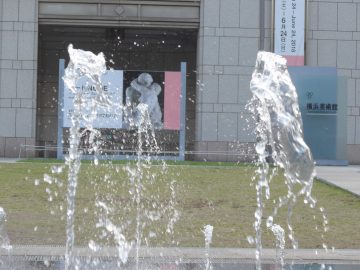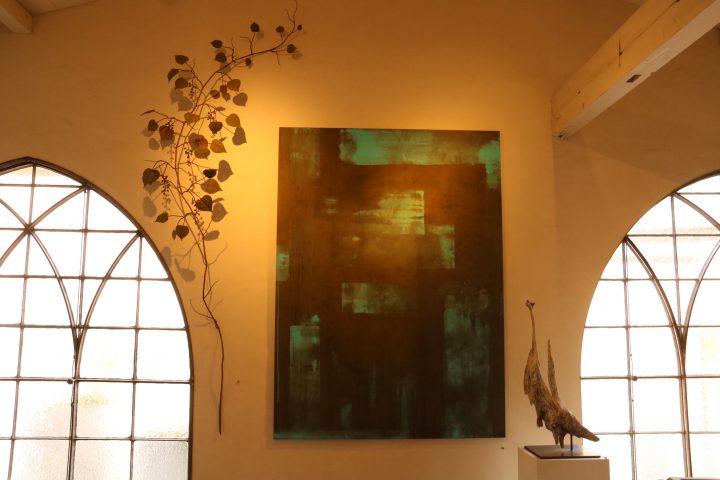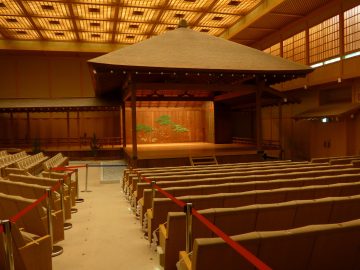[Castle EXPO 2016 - Part 1] On Christmas Eve in Yokohama, Rakugo performer Shota Shunputei spoke passionately about "castles"!
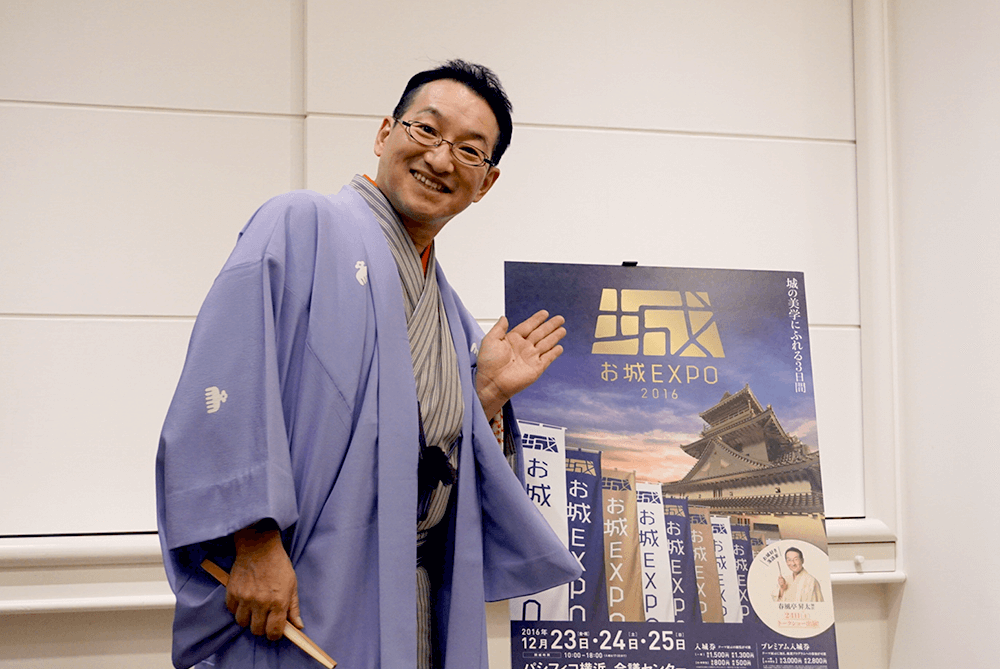
The audience was excited by the idea of a castle without a castle!
The talk event featuring Shunputei Shota, Senda Yoshihiro, and Hagiwara Sachiko was held on Christmas Eve, the 24th, the middle day of Castle EXPO 2016 .
Despite it being Christmas Eve, the three were delighted that so many castle fans had gathered in Yokohama for the "Japanese Castles" event.
Moreover, the theme of this talk event is not the commonly known castles with castle towers, but "talking about the charm of mountain castles!" It's quite a niche topic.
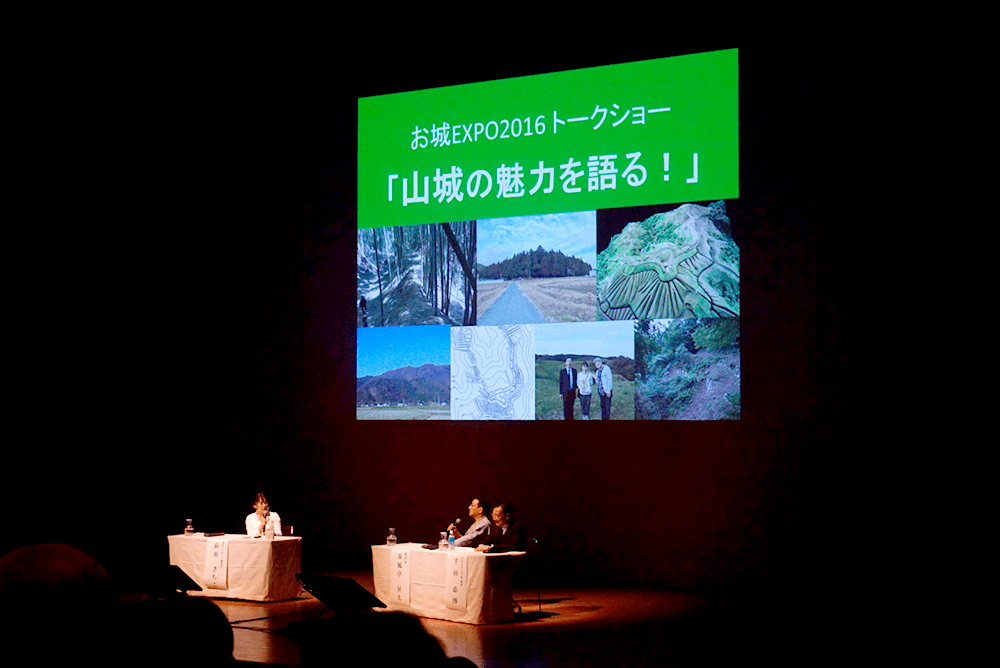
"Let me start by saying that there will be no photos of the castle tower in this talk event. Please be aware that all the photos you will see will be dull brown and green (laughs)."
"Shouta-san," said Shota. As you would expect from a Rakugo performer, the whole audience burst into laughter right from the start.
When we think of a castle, what usually comes to mind is a magnificent castle tower, moat, and stone walls, like those of Himeji Castle or Osaka Castle.
However, it seems that most of the castles in the Sengoku period before Oda Nobunaga were "mountain castles."
Mountain castles took advantage of the mountain's terrain to create moats and earthen ramparts, and were filled with traps making them very difficult to attack; the mountain itself was a military facility and a "fortress."
・Medieval castles = mountain castles were the norm! / Early modern castles = flatland mountain castles and flatland castles were the norm
・Medieval castles = walls made of earth! / Early modern castles = walls made of stone
Many people may think that a castle without a castle tower is a little lacking as a tourist spot, but originally the word "castle" did not refer to a castle tower, but to a fortress including a moat and a building.
In particular, medieval mountain castles were often built to suit the mountains, rivers, and topography of the land, and are said to be unique and very interesting compared to the uniform (what we would see as typical) castles built after Nobunaga.
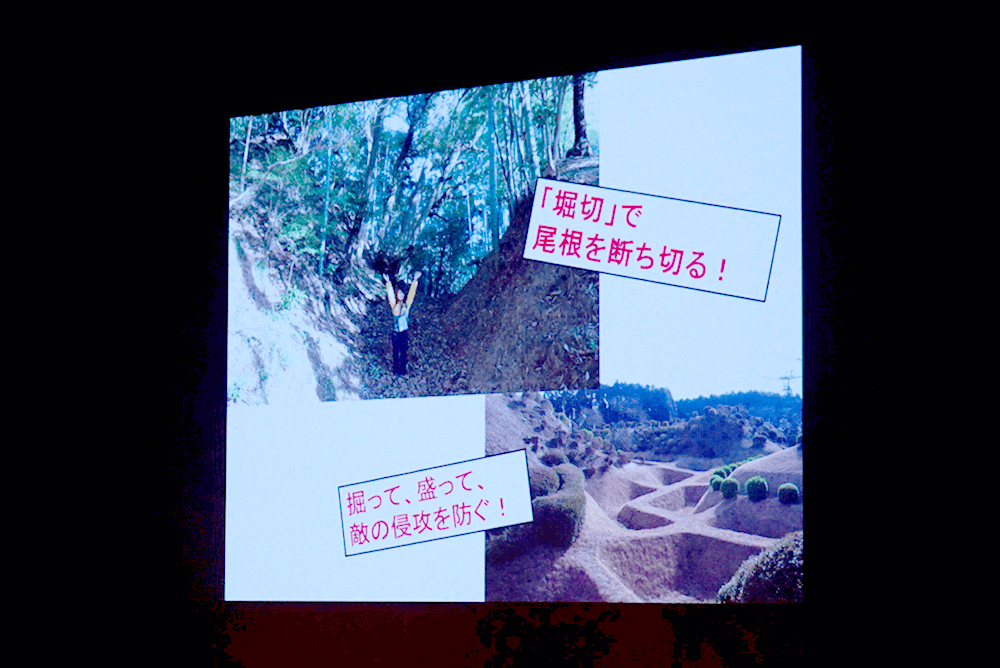
Shota loves these "mountain castles" more than castles with towers, and he had a lively discussion together with castle writer Hagiwara and castle archaeologist Senda as they looked at slides!
Nowadays, many mountain castles are covered with trees and look like "just mountains."
However, if you go and walk around, you will discover traces of the artificial valley shape, the significant megaliths, the earthworks that seem to have been the site of many battles and have been reinforced many times, and so on. It is said that the real pleasure for "mountain castle lovers" is to imagine what it must have looked like in the past, and after visiting several places, you will eventually really "see" it. (It's a deep world.)
Hagiwara says that even when he sees just the ground, he can get excited and think, "Maybe foot soldiers were camping here long ago♡" as he imagines the besieging forces. (It's a deep world.)
What's more, it's said that you can enjoy it twice as much if you go to the castle with an attacking mindset and go back with a defensive mindset! (It's a very deep world.)
All three of them said they were very happy that with the recent castle boom, the "charm of mountain castles" is becoming more widely recognized.
Thanks to this, local people have started to maintain the mountain castle, which had been abandoned until now, making it easier to walk around and making the shape of the moats and earthworks more clearly visible, which is something they are very happy and grateful for.
